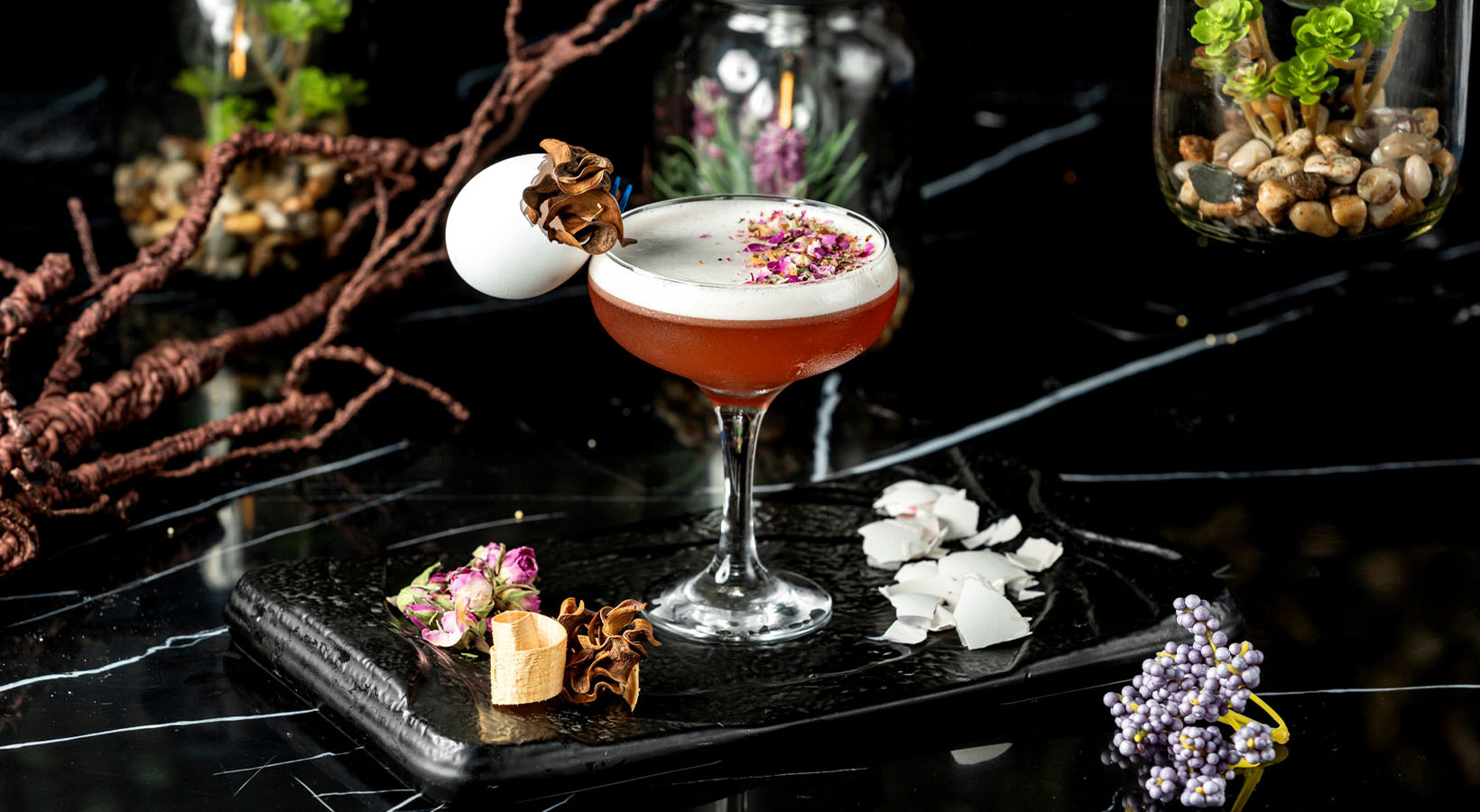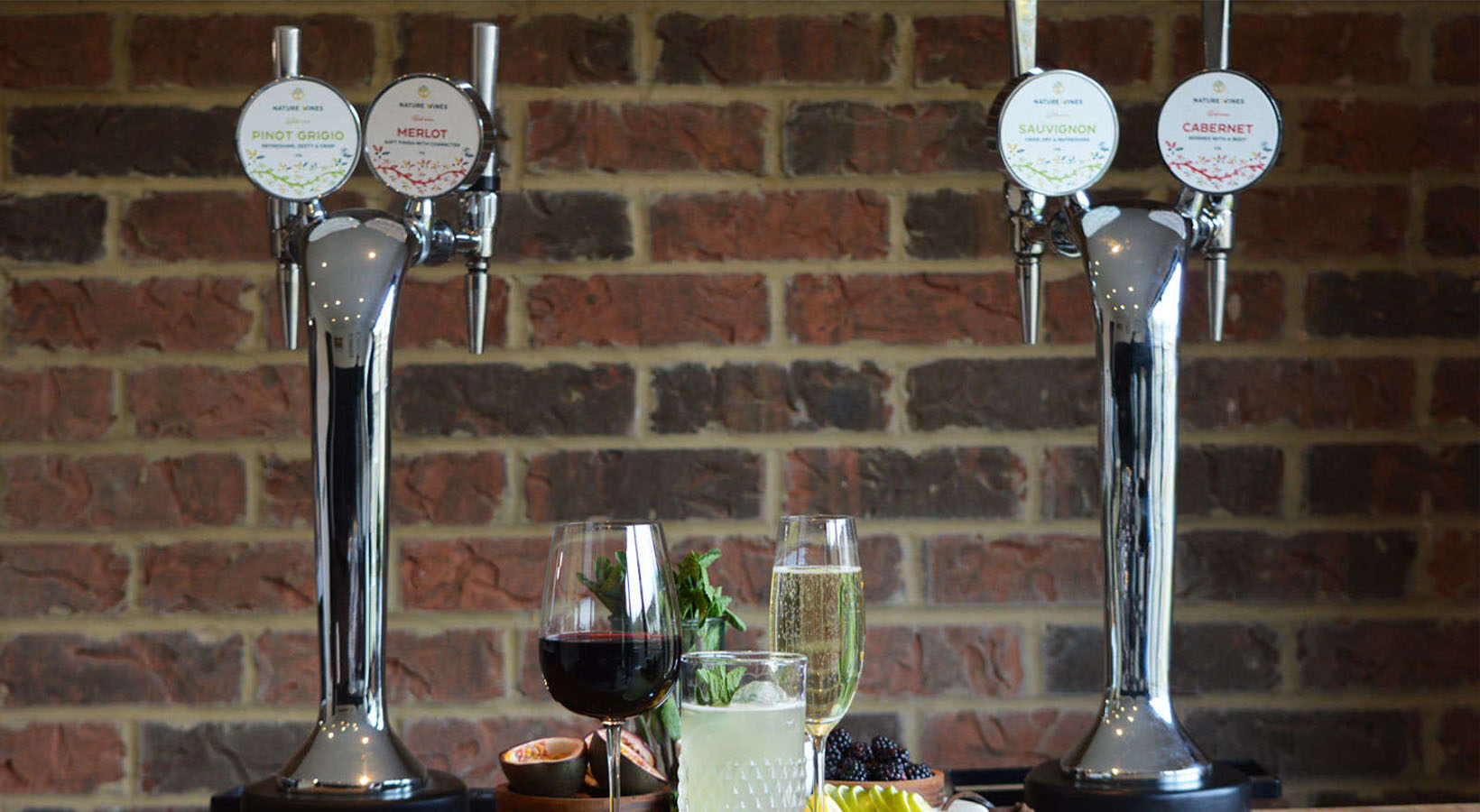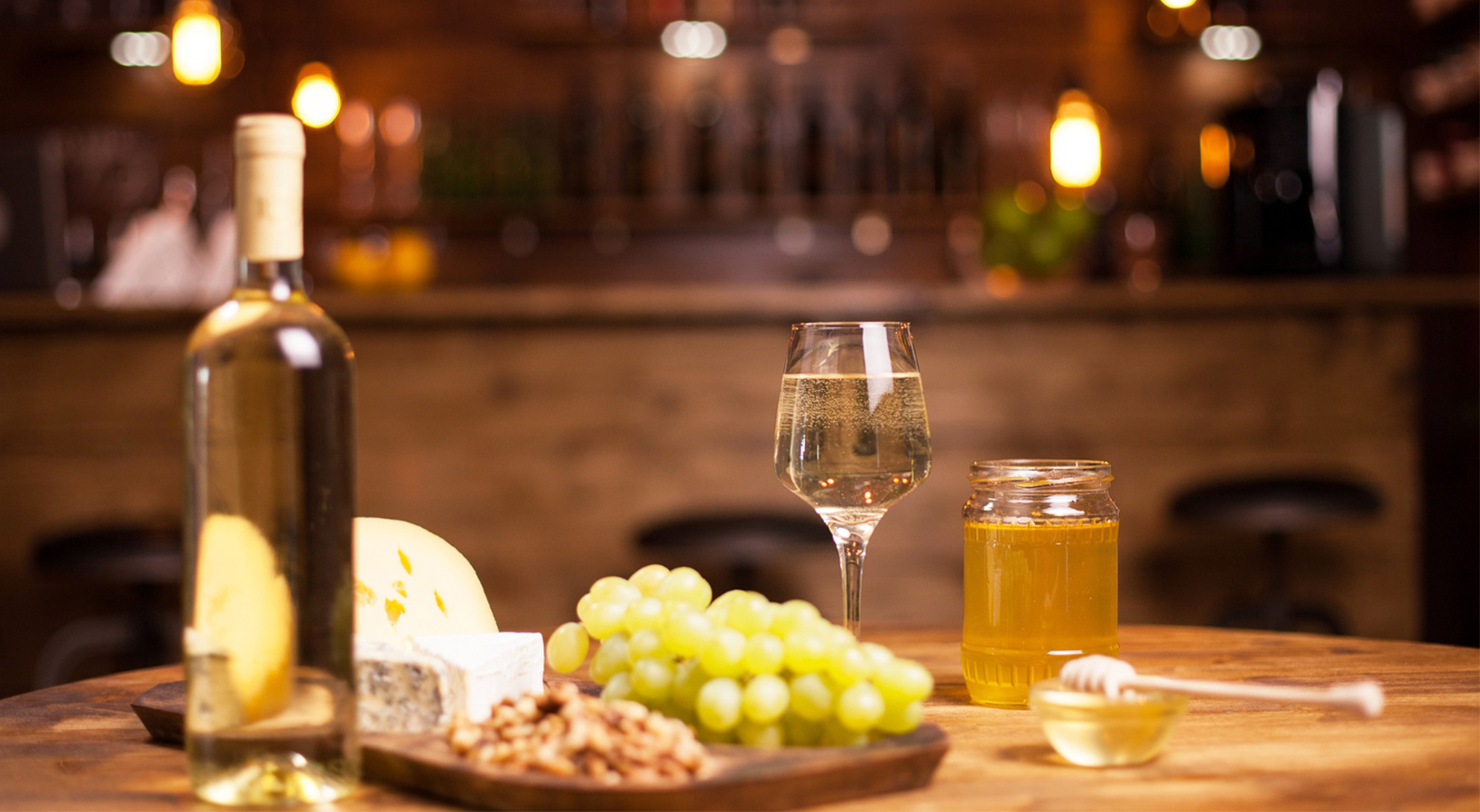
Here’s What You Need To Know About Serving Draft Cocktails
Draft cocktails have evolved from a passing trend, to an inevitable staple at trendy bars and popular restaurants across the UK. But what exactly is
Next Day Delivery
Most guides for pairing food and wine are overly strict. Truthfully, you can eat whatever you want while drinking whichever wine you choose. There are a few pairings that should generally be avoided (tannic red wines and artichokes/raw asparagus for example) but these are few and far between.
There are, however, a number of tried and tested nuggets of wisdom to help you find the best food and wine pairings. We think of it as a “know the rules before you break them” type of situation. Whether you have the perfect Chardonnay on hand and you’re wondering what to serve with it, or your guest brought over a bottle of Malbec for the dinner party and you’re unsure which starter to bring out with it; don’t worry, we’ve got you covered.
So, here are our top tips for pairing food with wines. Have a read, understand, and then break them!
This is the thought process that wines made in a particular region will pair especially well with ingredients grown in/dishes unique to the same place. It’s a romantic idea, and while it’s not a bad place to start (think nebbiolo with pizza, lamb with Rioja and pinot noir with duck) it doesn’t help much when you’re trying to pair with foods from non-traditional winemaking countries!
The good news is that whether you’re experimenting with kimchi or sauerkraut, the basic rules of balancing flavours stay the same. So we say have fun! Experiment with different texture and flavour combinations, and see what works for you and your palette.

If you remember one thing about matching food and wine, make it this: balancing flavours, body and alcohol is key.
If you were to think of wine as a sauce, you’re unlikely to pour a heavy gravy over a fillet of salmon, because it would kill the delicacy of the fish. Or a delicate white wine sauce over a meaty steak due to the richness of the fat and seared meat overpowering the delicate flavours of the sauce.
Apply these same rules to wine; match full-bodied wines with higher alcohol contents to full-flavoured dishes, and lighter, less alcoholic wines with more subtle flavours.
Acidic foods can be a bit of a tricky one when it comes to pairing a nice wine alongside. You can come into a bit of trouble with vinegar-based dressings or lemon juice competing with the sharpness of your wine, making it seem a bit ‘flat’ or lacking in vibrancy.
On the other hand, super acidic foods can sometimes bring a wine that’s a tad too acidic back to a more manageable level, as these foods can sometimes make acidic wines seem more full and fruity. Acid in food can either be balanced or cancelled by your chosen wine, so it’s important to have a good understanding of the flavours you’re working with and make sure that you match both levels carefully.
If you’re unsure and want to play it safe, pair your food with wine that is more acidic than the flavours you’d find in your dish, ensuring you won’t lose the zip in your wine and the competing acidic notes don’t overpower each other.

German winemaking aficionado Konstantin Guntrum once said:
‘Eat something hot and try to wash it down with a fruity red and…well, have fun with that! It’s like putting fuel on the flames’
Unmanageable chilli or bold spice will completely overpower over a dry white wine; there are too many flavours battling for first place. It’s also worth remembering that more alcohol increases the perception of heat, so if you’re not great with spice it’s probably a good idea to choose a wine with a lower alcohol content.
Love the spice? Pair your dish with a high tannin/high alcohol red. But if you’re looking to tone it down, avoid oaky or tannic wines and opt for something with a touch of sweetness.
If you’re working with buttery or creamy sauces, we recommend pairing with a lusciously rich and buttery wine. A white Burgundy or new-world Chardonnay would work wonderfully, and a white Rioja can be a great match for subtle cheesy sauces because of its plush texture and succulent fruity notes. If you want to go for something a bit different, a brisk, acidic white can cut through creaminess and cleanse your palate.
When it comes to deep-fried foods, such as fish and chips, fried chicken or bhajis, pakoras and samosas, opposites attract. You’ll want to pair these with a whip-sharp white or bubbly to counteract the oiliness of the dish and slice through any fatiness.
Rich, carby comfort foods tend to like a young, juicy, tannic red as the tannins act like an acid and counteract the mouth-coating properties you tend to get with these dishes. Pretty much any Italian red-fruited styles would work beautifully here, or try a blend of Merlot and Cabernet Sauvignon.
For your dessert course, it’s time to take a delicious dive into the world of dessert wines. The general rule of thumb is that the wine should always be sweeter than the pudding. There a few notoriously good pairings, like:
And if your sweetness is coming from a main, not a dessert, you’ll need to remember that sweetness in food can dull the flavours of a dry wine. So if you’re cooking up a savoury dish with hints of sweetness (apricot tagine, thai curries, or pork in cider) try choosing a wine with a touch of sweetness to mirror the ingredients.

Now that you know basic rules to wine pairings, you can start experimenting with them, and then move onto breaking them! Get ready to wow your guests with the perfect gourmet experience.
Here at Sparkling Wine, we help people serve beautiful wines to their friends and guests, alongside a variety of on-tap cocktails, single-serve cocktails and dispensing equipment. We would love to hear from you if you have any questions about how we can help your bar or restaurant.
Share Post:

Draft cocktails have evolved from a passing trend, to an inevitable staple at trendy bars and popular restaurants across the UK. But what exactly is

Wine on tap is growing in popularity for its practicality and value. Managing operations within a restaurant environment may feel like juggling one hundred things

Most guides for pairing food and wine are overly strict. Truthfully, you can eat whatever you want while drinking whichever wine you choose. There are
© All Rights Reserved
Approved Alcohol Supplier – AWRS No: XWAW00000103629
VAT No: GB 113 272 944
Co Reg: 07645413
Registered Office: 75 The Mall, Swindon, Wiltshire, SN1 4JE
Approved Alcohol Supplier – AWRS No: XWAW00000103629
VAT No: GB 113 272 944
Co Reg: 07645413
Registered Office: 75 The Mall, Swindon, Wiltshire, SN1 4JE
Send us your details for a free sample